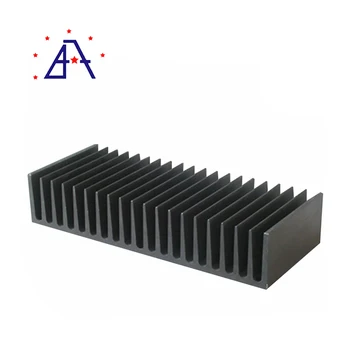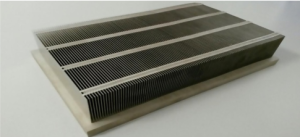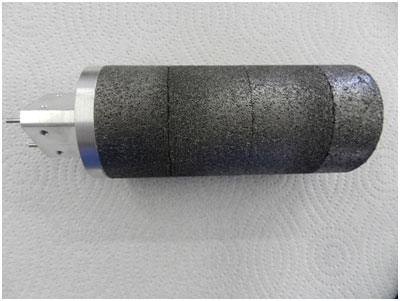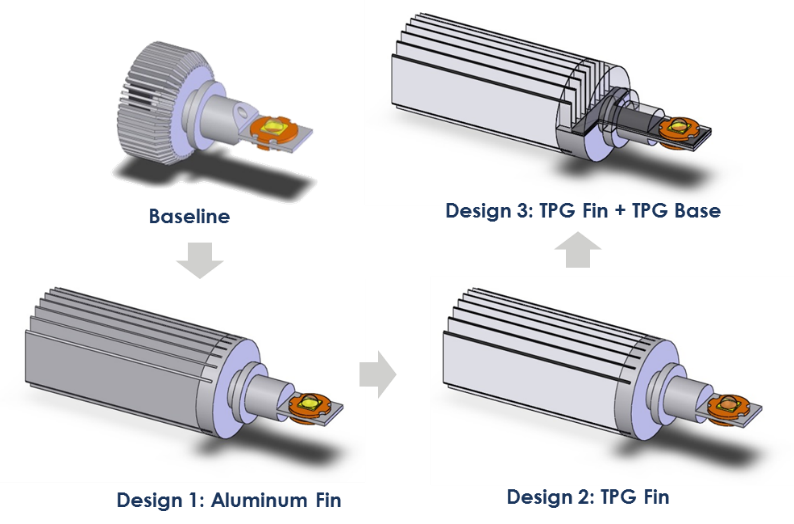Heat sinks made of aluminium graphite the thermal properties and ability to manufacture components with a wide variety of different geometries make aluminium graphite an outstanding material for conducting heat.
Aluminum graphite heat sink.
However the performance difference increased to 25 30 as the flow rate increased table 3.
This leads to an improvement in the overall reliability of the electronic system.
It s not as conductive as copper but it s close with a thermal conductivity of 370 w mk.
As a fin material the graphite epoxy composite offers thermal performance significantly better than aluminum and approaching copper but at only 70 and 21 of the weight of aluminum and copper respectively.
Parts made of aluminium graphite effectively remove heat from hot spots and reduce mechanical tension within the assemblies.
But the real advantage of graphite is its weight it weighs just 70 percent of the weight of aluminum.
Find here aluminum heat sink aluminium heat sinks manufacturers suppliers exporters in india.
Our products are also impressive thanks to their low coefficients of thermal expansion and low density.
The graphite heat sink s thermal performance was only 12 lower than aluminum at low flow rates.
Get contact details address of companies manufacturing and supplying aluminum heat sink aluminium heat sinks across india.
The fins of the heat sink are made from graphite while the base is still either copper or aluminum.
This behavior is evident in the table below and when comparing the different heat sink materials.
This material is being used today as a fin material in combination with an aluminum or copper base to make hybrid heatsinks.
The graphite fins are bonded to the base with thermally conductive epoxy keeping the heat sink.
Yet the literature is void of true comparison of these materials against copper and aluminum.
Another material that s gaining popularity with heat sink producers is a natural graphite composite material.
To address the issue of graphite foam as a viable material for heat sinks a series of tests were conducted to compare thermal performance of geometrically identical heat sinks table 1 made of copper aluminum and graphite foam table 2.










